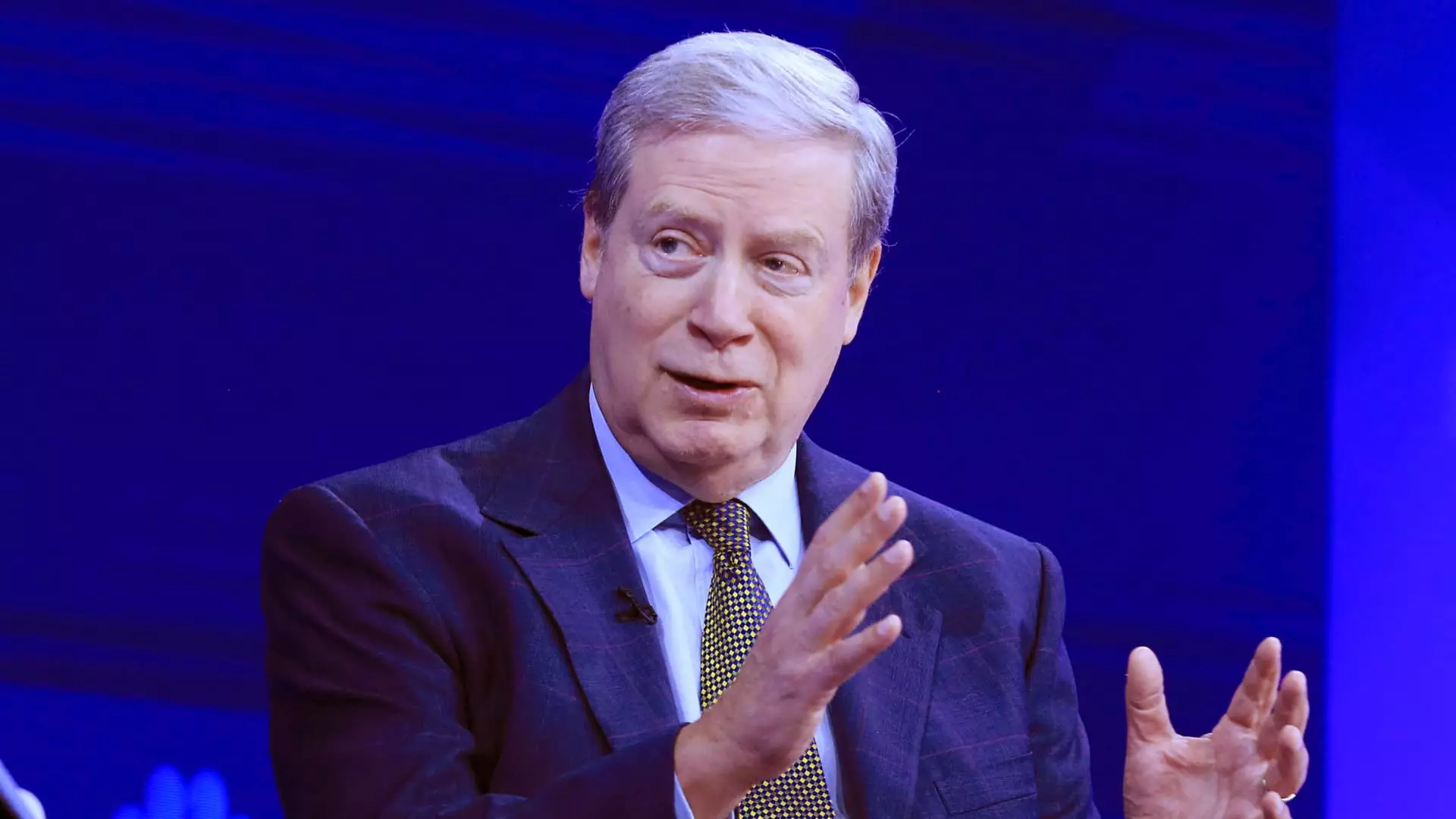The financial arena is profoundly influenced by political developments, and the recent re-election of Donald Trump has stirred significant reactions from key investors. One such voice is Stanley Druckenmiller, a billionaire investor with decades of experience, who suggests that the political shift in the U.S. has instigated renewed economic vigor and investment enthusiasm. His insights, drawn from discussions with corporate leaders and his own financial strategies, provide a fascinating lens through which to examine current market dynamics.
Druckenmiller’s commentary reflects a broad sentiment among business executives regarding the transition from what they perceive to be an anti-business administration to one that fosters a more nurturing environment for commerce. His conversations with CEOs reveal a notable sense of relief and optimism, which can be pivotal in shaping investment behaviors. The notion of “animal spirits,” a term coined by the economist John Maynard Keynes, speaks to the confidence and risk appetite of entrepreneurs and investors, suggesting that a more favorable political climate may stimulate economic dynamism.
However, while this enthusiastic outlook about business conditions is encouraging, it does not eliminate the complexities present in the stock market. Druckenmiller’s perspective highlights an important paradox: a thriving economy does not automatically translate to bullish stock market performance due to other prevailing factors, such as rising bond yields. This dichotomy forms a crucial part of his investment philosophy, as he navigates the intricate landscape of opportunities and risks.
Interestingly, despite his positive sentiment toward the economy’s immediate prospects, Druckenmiller remains cautious about the stock market, particularly drawn to the elevated bond yields that signal potential challenges ahead. Maintaining a short position against Treasuries indicates his belief that bond prices are likely to decline, consequently driving yields up. This strategic move offers a glimpse into Druckenmiller’s multi-faceted investment approach, balancing optimism with an acute awareness of market indicators.
In his assessment, the correlation between a robust economy and escalating bond yields adds a layer of complexity to his outlook. He acknowledges that while strong economic performance can boost corporate earnings, it simultaneously influences interest rates—factors that investors must weigh carefully. This nuanced view underscores the unpredictable nature of markets, where positive economic signals might not yield straightforward outcomes.
The aftermath of Trump’s electoral victory has been nothing short of dramatic, with indices like the S&P 500 showing significant boosts. A substantial rally in risk assets has been observed, particularly in sectors such as banking, energy, and even cryptocurrency like Bitcoin. Druckenmiller’s focus on individual stocks, especially those leveraging artificial intelligence, signals a pivot towards technology-driven companies poised for growth amid changing economic paradigms. His decision to divest from major players like Nvidia and Microsoft, however, indicates a careful reallocation of capital rather than a blanket endorsement of tech stocks.
What stands out in Druckenmiller’s insights is his perspective on the implications of Trump’s trade policies. While concerns about tariffs potentially jeopardizing market gains loom large, he offers a counterintuitive narrative: the revenues generated could alleviate some fiscal pressures facing the government. This argument transforms tariffs from a mere trade barrier to a mechanism of revenue generation, viewed as a consumption tax significantly borne by foreign entities.
As discussions around graduated tariffs unfold, Druckenmiller’s concerns about retaliation reflect the complex nature of international trade negotiations. While he supports the idea of tariffs as revenue sources, he cautions that their implementation must be measured to avoid provoking adverse reactions from trading partners. This pragmatic approach illustrates how investors must continuously adapt to changing geopolitical landscapes and potential economic repercussions.
Stanley Druckenmiller’s insights paint a picture of a market straddling the lines of optimism and caution. His investment strategies, views on the evolving political climate, and the impacts of tariffs showcase the interplay between macroeconomic factors and individual business performance. As investors navigate this turbulent waters, Druckenmiller serves as both a guide and a reminder of the multifaceted nature of market dynamics in the face of political change.

